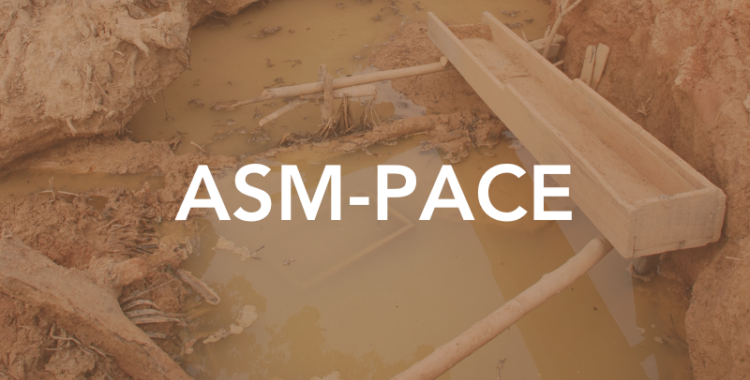On January 16, 2014 the ‘ASM Impacts on Protected Areas and Critical Ecosystems in Madagascar’ was held in Tana, Madagascar. A key objective of the workshop was to bridge the disconnect between the capital Antananarivo, the policy-making center, and ASM communities dispersed throughout the country. The workshop also provided an opportunity to report the findings and recommendations of ELL’s 2012 ASM-PACE Madagascar Case Study as well as communicate additional research conducted in 2013 as part of the ongoing World Bank/CSRM study on the fiscal and non-fiscal impacts of mining on Madagascar's development.
The workshop was held under the aegis of Madagascar's Ministry of Environment and Forests, with assistance from the Ministry of Mines, and was supported by the World Bank's Madagascar Environmental Program. The workshop included 94 participants from all key ASM stakeholder groups, including representatives from local and national government, ASM miner associations, jeweler associations, buyers, Malagasy civil society, international conservation NGOs, and donor organizations.

ASM is a significant livelihood for many Malagasy people and is an important contributor to the country’s mineral production and economy. Though informed estimates do not exist, workshop participants estimated that ASM is the second largest source of employment in Madagascar, after subsistence agriculture, and supports an estimated 500,000 to 850,000 people. Annual production was estimated to be 10-12 tonnes of gold per year. Accordingly, ASM stakeholders are eager to see ASM governance improve at both local and national levels.

Working groups were formed to develop recommendations for improving ASM, focusing on the following topics:
- Gender, education, and child welfare
- Environmental impacts
- Impact on Protected Areas
- Governance and regulatory regimes
- Fiscal and tax schemes
- Land tenure and livelihoods
- Local community development
The workshop encouraged taking a holistic approach to identifying and managing environmental impacts from ASM that takes into account a variety of factors, including social, economic, and governance contexts. Specifically, participants highlighted the need for and possible means of achieving ASM formalization in Madagascar.

The recommendations developed by the working groups were agreed on by consensus and are currently being collated into a report, which will be presented as a map of possible next steps to mitigate the negative environmental impacts of ASM and to formalize ASM in Madagascar. The future of ASM governance in Madagascar is dependent on the political will of the next government to take on these issues. It is hoped and expected that the workshop recommendations will inform both national government policies and international donor programs for the ASM sector over the coming years.
Through its Guest Blog Series, the ASM-PACE Programme invites ASM experts to share their knowledge, experiences and opinions on issues pertaining to ASM, and particularly on ASM in protected areas and critical ecosystems, with the aim to foster continued dialogue, country-specific learning and share best practices on ASM interventions.
The blogs posted on this site do not represent the views of the ASM-PACE Programme, its donors or partners, or the author’s organization, unless otherwise specified.



